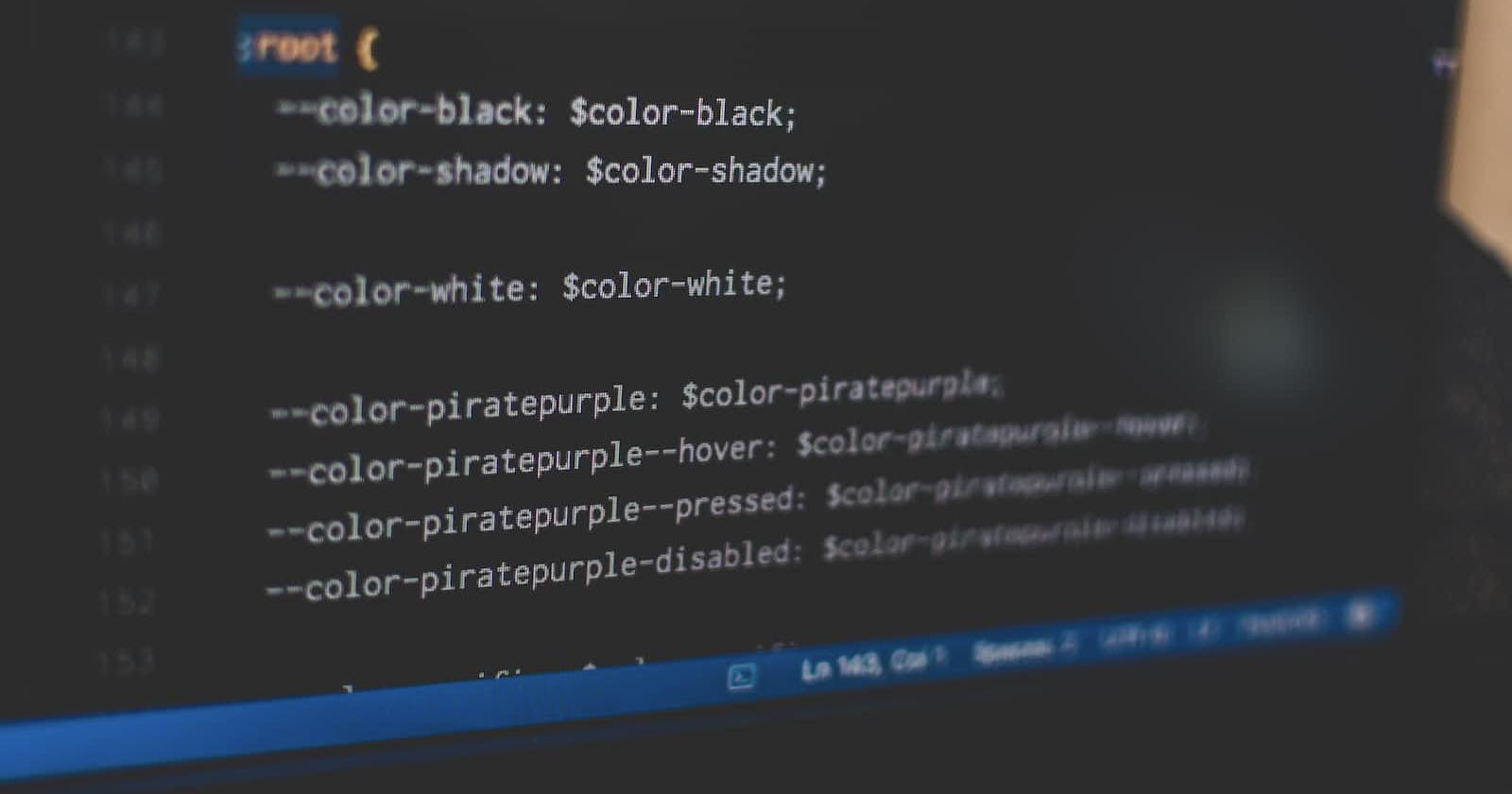Table of contents
No headings in the article.
JavaScript is a versatile programming language used to build everything from interactive web pages to complex web applications. One of the fundamental concepts in JavaScript is using variables to store data. In this article, we'll look at the different ways to define variables in JavaScript and the critical differences between them.
Before we dive in, it's worth noting that JavaScript is a dynamically typed language. This means that you don't have to specify the data type of a variable when you declare it. Instead, JavaScript will automatically determine the data type based on the value you assign to the variable.
Without further ado, let's explore the different ways to define variables in JavaScript:
- var
The var keyword was the original way to define variables in JavaScript. It's still used today, but there are better alternatives available (which we'll get to in a moment). Here's an example of defining a variable with var:
var x = 10;
In this example, we're creating a variable called x and assigning it the value of 10. We can also declare multiple variables with var:
var x = 10, y = 20, z = 30;
One important thing to note about var is that it has a function scope. This means that if you define a variable inside a function, it will only be accessible within that function:
function myFunction() {
var x = 10;
console.log(x); // Output: 10
}
console.log(x); // Output: Uncaught ReferenceError: x is not defined
- let
The let keyword was introduced in ES6 (ECMAScript 2015) and is now the recommended way to define variables in JavaScript. Here's an example of defining a variable with let:
let x = 10;
Like var, we can also declare multiple variables with let:
let x = 10, y = 20, z = 30;
One key difference between let and var is that let has a block scope. This means that if you define a variable inside a block (such as an if statement or for loop), it will only be accessible within that block:
if (true) {
let x = 10;
console.log(x); // Output: 10
}
console.log(x); // Output: Uncaught ReferenceError: x is not defined
- const
The const keyword is used to define variables that cannot be reassigned once they've been initialized. Here's an example of defining a constant variable:
const x = 10;
Like let, const also has block scope:
if (true) {
const x = 10;
console.log(x); // Output: 10
}
console.log(x); // Output: Uncaught ReferenceError: x is not defined
It's important to note that while you can't reassign a const variable, you can still mutate the object it points to (if it's an object):
const myObj = {a: 10};
myObj.a = 20;
console.log(myObj); // Output: {a: 20}
So, those are the different ways to define variables in JavaScript! Here's a quick summary of the key differences between them:
var has function scope, while let and const have block scope.
var is the original way to define variables, but let and const are now recommended.
const variables cannot be reassigned once they've been initialized.
Now that you understand the different ways to define variables in JavaScript, you can choose the best option for your code and write

